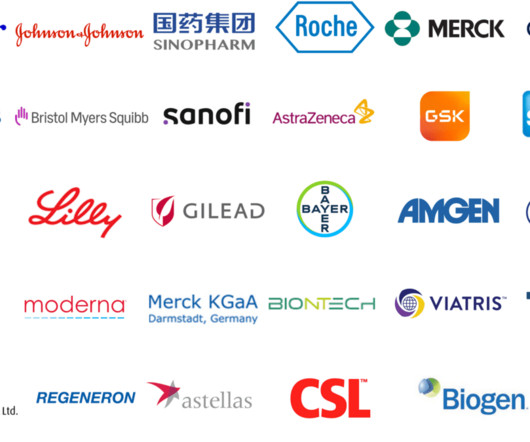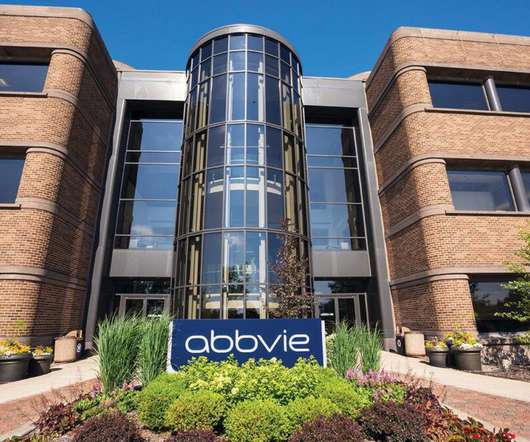Medical Aesthetics: “Redefining Beauty through Medical Expertise”
Roots Analysis
JANUARY 3, 2024
However, Botulinum toxin was the real game-changer when it was approved for cosmetic use by the FDA in 2002. Afterwards, in 2003, the FDA approved Hyaluronic Acid Fillers (HA dermal fillers), bringing the much-anticipated innovation to all types of face and non-face augmentation products.











Let's personalize your content